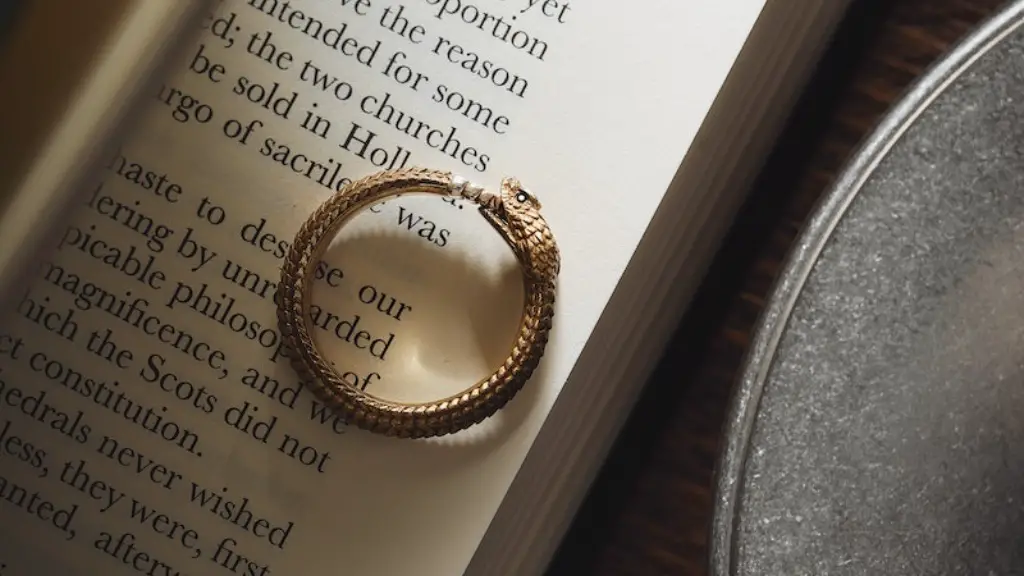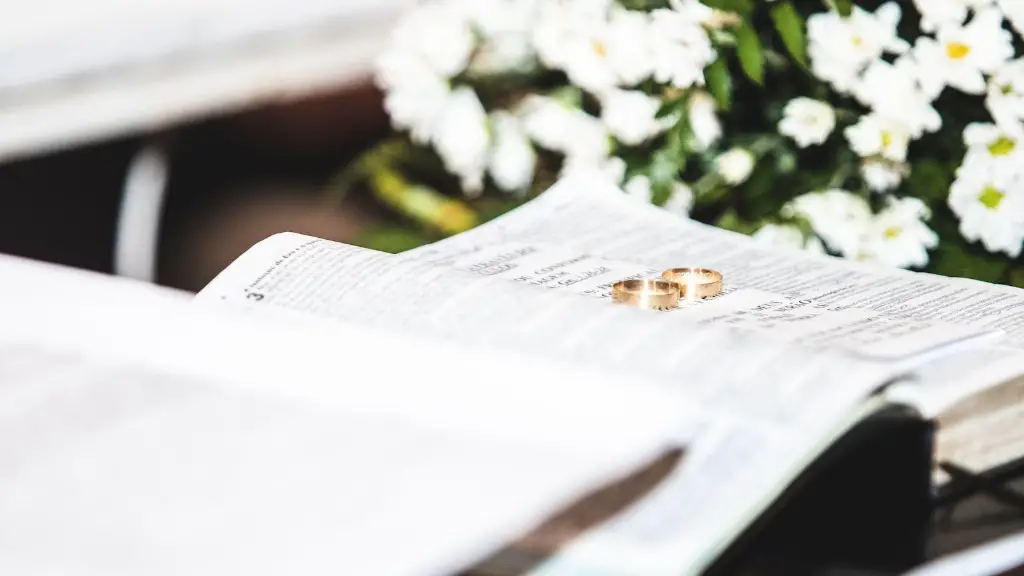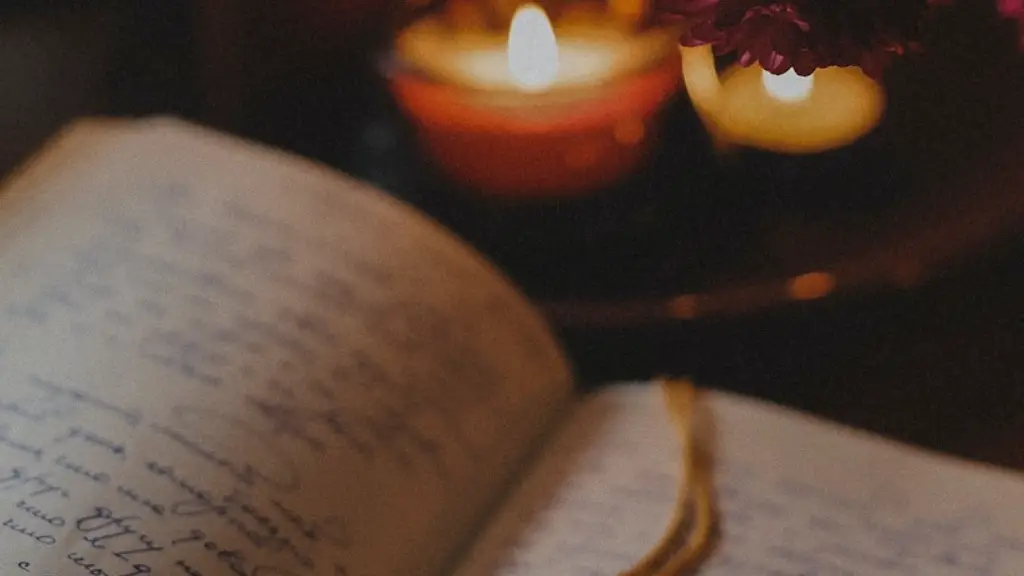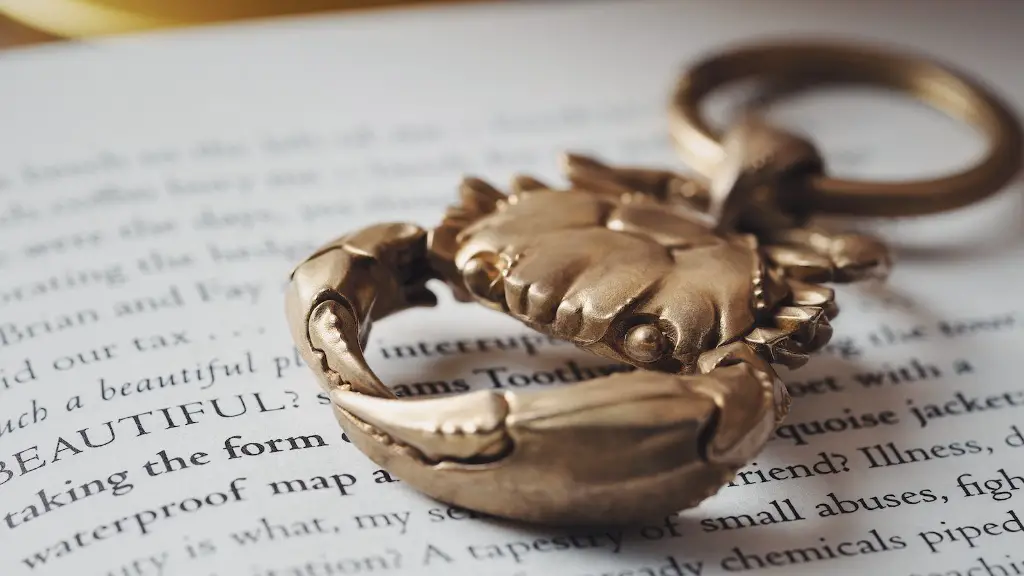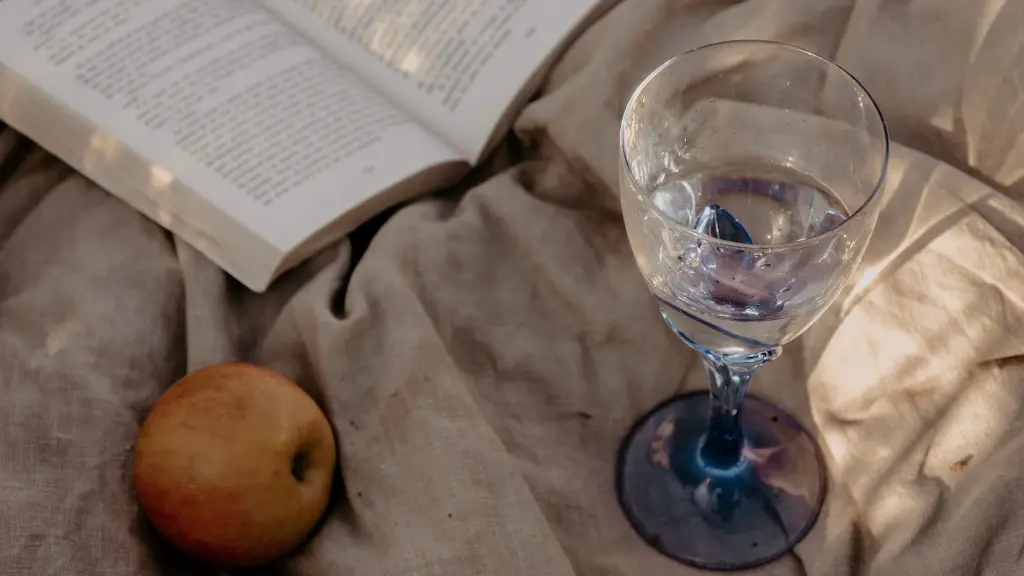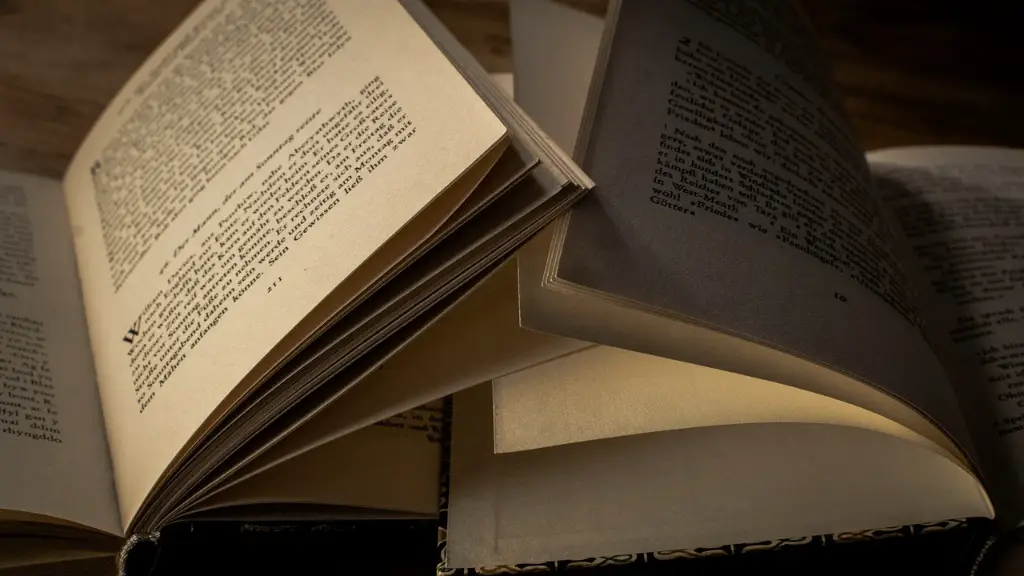How is Imagery used in Poetry?
Imagery is a powerful device used by poets to create vivid and evocative descriptions. It relates to the visual and auditory senses, as well as olfactory and tactile sensations. When writers use imagery, readers can more easily grasp the intended meaning of a poem and the atmosphere that the poet is trying to portray.
A good example of imagery at work can be found in Shakespeare’s play Macbeth. In the opening scene of the play, the Three Witches chant, “Fair is foul, and foul is fair.” It is through these types of poetic devices that we are able to vividly imagine what’s happening.
Figurative language is a type of imagery that includes similes and metaphors. It’s a way of describing things in a manner that isn’t literal. This allows poets to evoke emotion and add depth to their work.
Poetic devices are used to compare two ideas or objects. In the poem “Ode to the West Wind” by Percy Bysshe Shelley, the poet uses imagery to convey the power of nature. He writes, “The winged seeds, where they lie cold and low, each like a corpse within its grave, until thine azure sister of the spring shall blow.” This comparison of the dormant seed to a corpse gives readers a sense of the power of the wind and its ability to bring new life.
Symbolism is another way that imagery can be employed in poetry. Symbols can express abstract concepts in a way that is more tangible. Symbols can be used to create deeper meaning in a piece of writing by connecting a physical object or image to a concept or idea. For example, in Robert Frost’s poem “Stopping by Woods on a Snowy Evening,” the narrator is stopping by a wood on a snowy night. The woods represent the temptation of tranquillity and respite from worldly concerns.
Imagery is a powerful tool that can be applied in many different ways in poetry. By incorporating elements of the five senses, figurative language, poetic devices, and symbolism, poets can evoke emotion and provide readers with a more vivid representation of a concept or idea.
What are the Types of Imagery in Poetry?
There are many types of imagery in poetry. These include visual imagery, auditory imagery, tactile imagery, olfactory imagery, and kinesthetic imagery. Visual imagery is the most commonly used type of imagery in literature and describes a mental image or mental pictures of a thing or scene. It involves creating a picture in words that utilizes the senses to portray an image in the reader’s mind. Auditory imagery is used to convey the sound of a particular thing or event. It involves using words and phrases that evoke a sound in the reader’s mind. Tactile imagery relates to the sense of touch. It is used to capture the texture, shape or feeling of a certain thing or scenario. Olfactory or smell imagery describes the scent of a certain thing or event, while kinesthetic or movement imagery relates to physical movement or sensation of a thing or event.
Gustatory imagery is another type of imagery used in poetry. Gustatory imagery is the use of words to evoke the sensation of taste. It is often used to create a more compelling and evocative emotion in the reader. Gustatory imagery can be used to make food seem more appealing, or to tap into a person’s emotion. For example, a poet may use gustatory imagery to describe the tangy sweetness of a juicy peach.
Examples of Imagery in Poetry
One of the most famous examples of imagery in poetry is in Robert Frost’s poem “The Road Not Taken.” “Two roads diverged in a yellow wood, and sorry I could not travel both.” Frost is using visual imagery to portray two paths in a wood. He is also using figurative language to compare the roads to a choice. The narrator of the poem is forced to choose which path he will take, and his experiences on that road will determine his future.
William Shakespeare is also known for using imagery in his works. In his play Romeo and Juliet, Shakespeare uses visual imagery to describe Juliet’s beauty. “Too flattering-sweet to be substantial.” Here, Romeo is comparing Juliet’s beauty to a sweet, but fleeting, dream. Through these types of poetic devices, Shakespeare is able to evoke emotion and convey his message.
Sylvia Plath is another poet who uses imagery. In her poem “Lady Lazarus,” Plath uses auditory imagery to evoke a sense of chaos. She writes “Beware/Beware/Out of ash/I rise with my red hair/And I eat men like air.” Plath is using figurative language to portray a dangerous woman who consumes and destroys. Plath is using auditory imagery to describe a terrifying sound and her words create a sense of dread in the reader.
What is the Role of Imagery in Poetry?
Imagery plays an important role in poetry. By using imagery, poets can evoke emotion in readers and draw them into their work. Imagery also allows poets to express abstract concepts in a way that is more tangible and easier to understand. It can also provide a more vivid representation of a concept or idea, and allow poets to create a sense of atmosphere. By utilizing imagery, poets can create works of art that are more powerful and memorable.
Imagery is also a powerful tool for conveying messages and ideas in a way that is more accessible to readers. Imagery can be used to tap into a reader’s emotions and allow them to self-reflect. A good example of this is in Walt Whitman’s poem “O Me! O Life!” In this poem, Whitman is using imagery to convey his thoughts and feelings about life. He writes, “O me! O life! of the questions of these recurring, of the endless trains of the faithless.” By using imagery, Whitman is able to convey a sense of despair, while also encouraging readers to reflect on their own lives.
How Can Imagery be Used Effectively in Poetry?
Imagery can be a powerful tool in poetry, but it is important to use it effectively. To incorporate imagery into a poem effectively, the poet must understand the different types of imagery and how they can be used to evoke emotion in readers. Combining different types of imagery can help create a more vivid and evocative depiction of an environment or situation. It is also important to use vivid descriptions and precise word choice. The more vivid the imagery, the more likely it is to have an impact on the reader.
Using imagery to create symbolism is also an effective way to use imagery in poetry. Symbolism can express abstract concepts in a way that is more tangible and can help to add a deeper meaning to a poem.
Imagery can also be used to create a sense of atmosphere. Poets should use their words to create a vivid atmosphere and convey their intended message. For example, a poet may use descriptive language to create a mood that reinforces the poem’s theme.
What are the Benefits of Using Imagery in Poetry?
The benefits of using imagery in poetry are numerous. Imagery can help to better convey the message of a poem and evoke emotion in readers. It can also help to create a vivid and evocative atmosphere, which can be used to reinforce a poem’s theme. Imagery can also be used to add a deeper meaning to a poem by connecting physical objects or images to abstract concepts.
Imagery is also a powerful tool for self-expression. By using imagery, poets can express their thoughts and feelings in a way that is meaningful and engaging. Through the use of imagery, poets can create powerful works of art that remain in the reader’s memory.
What is the Role of Imagery in Different Types of Poetry?
Imagery plays a key role in different types of poetry. Imagery can be used to evoke emotion in the reader and to express abstract concepts in a more meaningful way. This can be particularly effective in narrative poetry, where the poet is seeking to portray a story. Imagery can also be used to create atmosphere and draw readers into the poem.
In lyric poetry, imagery can be used to convey the poet’s thoughts and feelings in a powerful way. This can be used to highlight themes and add depth to the poem. Imagery is also used to create vivid descriptions of settings or characters.
In modern poetry, imagery is often used to create irony and satire. Imagery can be used to express subtle feelings and emotions in a more meaningful way. For example, in a situation where the poet has mixed feelings about a certain event, they may use imagery to convey their feelings in a more subtle way.
Conclusion
Imagery is an important tool in poetry. By incorporating visual, auditory, tactile, olfactory, kinetic, and gustatory imagery into their work, poets can create evocative and powerful pieces of art. It is a powerful tool for conveying messages and ideas and expressing abstract concepts in a way that is more accessible to readers. Through the use of imagery, poets can evoke emotion in their readers and create a vivid and unforgettable experience.
